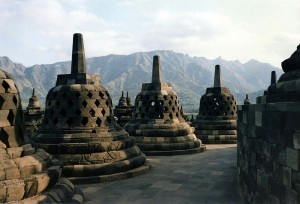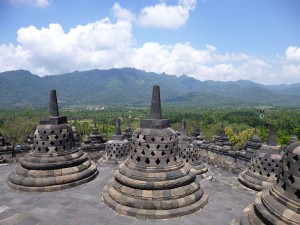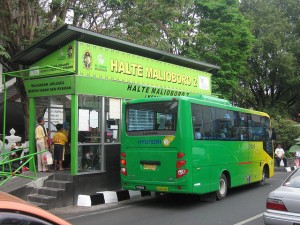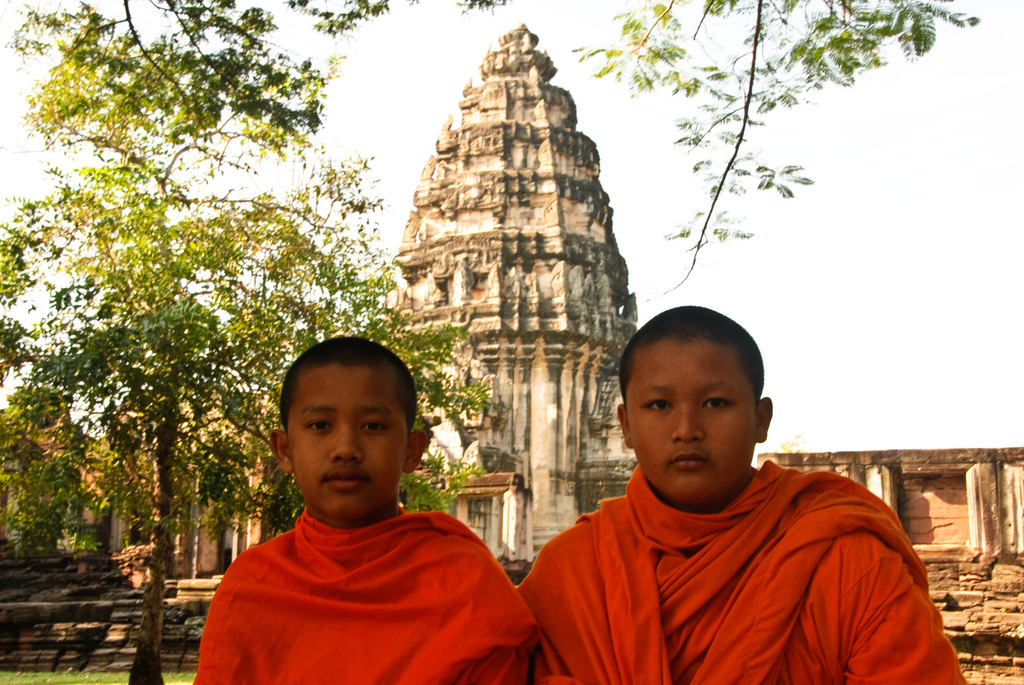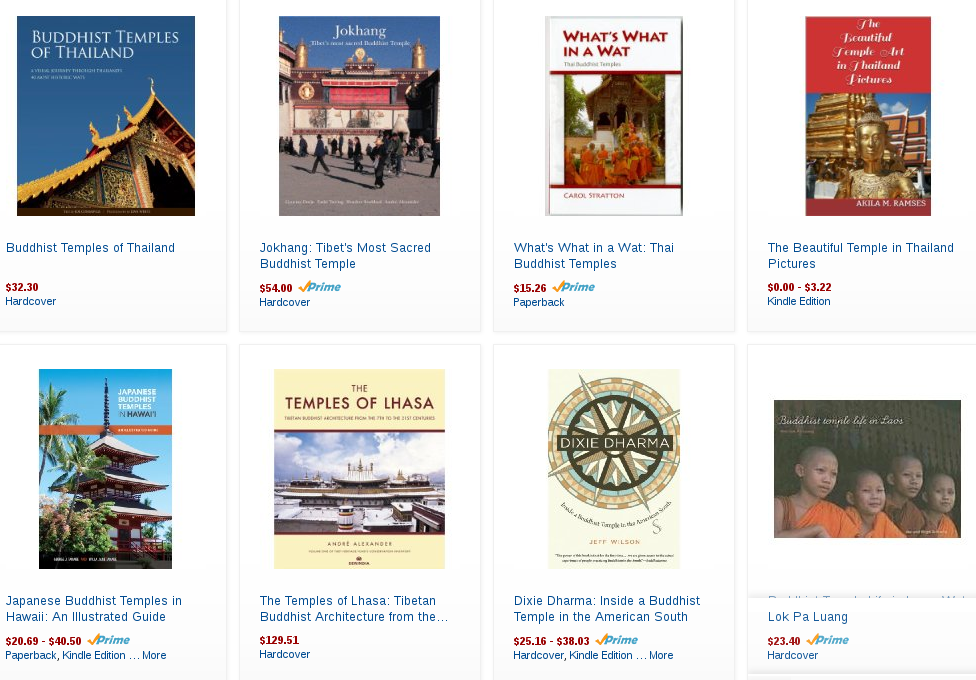Cambodia
Raffles Grand Hotel D’Angkor*****
1 Vithei Charles de Gaulle, Khum Svay Dang Kum
Siem Reap
Tel.: +855 63 963 888; Fax: +855 63 963 168
www.raffles.com/siem-reap/
Email: [email protected]
Located in the heart of Siem Reap, in the Old French Quarter only 8 kilometres from the extraordinary Angkor Wat temple complex, Raffles Grand Hotel d’Angkor is the ideal place to explore the spiritual and archaeological masterwork. Relax and revitalise beside a magnificent pool inspired by Angkorian architecture or take a short stroll along the riverside to discover the vibrant local markets.

Vietnam
Sofitel Legend Metropole Hanoi*****
15 Ngo Quyen Street
Hoan Kiem District
10000 Hanoi
Tel.: +84 4 382 66919; Fax: +84 4 382 66920
www.sofitel.com/gb/hotel-1555-sofitel-legend-metropole-hanoi/index.shtml
Email: [email protected]
Located steps from the Opera House in Hanoi’s French Quarter this legendary property brings guests into intimate contact with the opulence of another era. Surround yourself in heritage as you stroll stately corridors and explore a dramatic past. Behind its classical white façade green shutters original wrought iron details and stately wood panelling reside over a century of stories. Stand on the walkways that grace its lush courtyard lawn and immerse yourself in the hotels rich traditions.
Temple sites nearby:
Tran Quoc Pagaoda – 4km
Chua Dau Pagoda – 30km outside of Hanoi, Thuan Thanh district
Temple of Literature – 2.5km

Laos
Settha Palace Hotel*****
6 Rue Pang Kham
Vientiane
Tel.: +856 21 217 581; Fax: +856 21 217 583
www.setthapalace.com
Email: [email protected]
In the heart of bustling Vientiane stands a remarkable hotel. Built in the early part of the last century, circa 1932, and painstakingly restored to its former imperial glory, the Settha Palace Hotel serves as testament to the long lost era of classical elegance, gracious service and French colonial charm.
Temple sites nearby:
Pha That Luang – 3.5km
Wat Sisaket – 800m
Wat Mixai – 1km
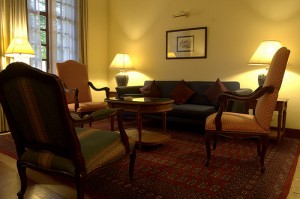
Myanmar (Burma)
The Strand Hotel Yangon*****
92 Strand Road
Yangon
Tel.: +95 1 243 377; Fax: +95 1 243 393
www.hotelthestrand.com
Email: [email protected]
Declared “the finest hostelry East of Suez” by John Murray in his Handbook for Travellers written in the early 20th century, the 1901-built three storey 5 star hotel in Yangon remains one of Southeast Asia’s few grand hotels and one of its most awe inspiring.
Temple sites nearby:
Shwedagon Pagoda – 4.5km
Karaweik Hall – 3.4km
Chauk Htat Gyi Pagoda (Reclining Buddha) – 6.6km

Thailand
The Siam Hotel*****
3/2 Thanon Khao, Vachirapayabal, Dusit
Bangkok 10300
Tel.: +66 2206 6999; Fax: +66 2206 6998
www.thesiamhotel.com
Email: [email protected]
The Siam is the newest addition to, and crown jewel of, the growing portfolio of independently owned and operated properties that make up Sukosol Hotels. The Siam spirit is to create a luxury experience embracing every moment and every individual with sincerity and integrity and a passion for service.
Temple sites nearby:
Wat Suthat and the Giant Swing – 11km
Wat Arun – 8km
Wat Pho – 6km

Indonesia
The Phoenix Hotel Yogyakarta*****
Jalan Jenderal Sudiman 9
55233 Yogyakarta
Tel.: +62 274 566617; Fax: +62 274 566856
www.mgallery.com
Email: [email protected]
Located in the heart of Yogyakarta, near the popular Malioboro district, the historic Phoenix Hotel Yogyakarta, a member of theMgallery Collection, is a colonial landmark dating back to 1918. With 144 elegant rooms and suites, each boasting a balcony and a fusion of Asian and European décor, The Phoenix Hotel features a restaurant, wine bar and terrace bar overlooking an open courtyard. An inviting swimming pool, indulgent day spa and modern conferencing facilities complete the exclusive experience.
Temple sites nearby:
Bodobudur – 42km
Prambanan – 16km
